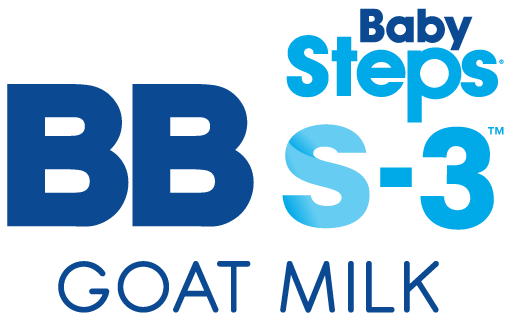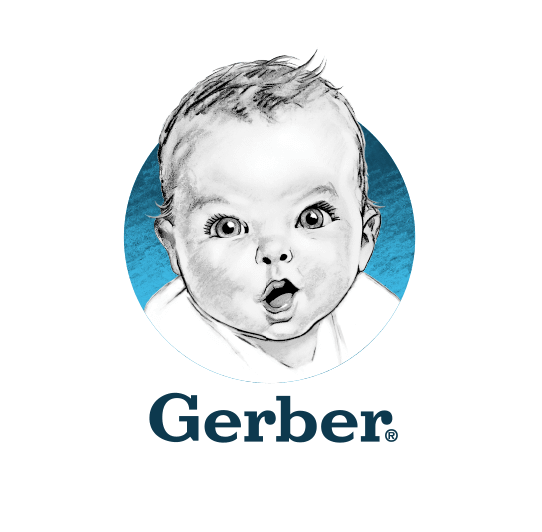(0) Item
No products
Product successfully added to your shopping cart
There are 0 items in your cart. There is 1 item in your cart.
Nasal Wash Bottle Combo
ENWBWSC
Eucapro nasal wash bottle is an easy-squeeze bottle that comes with BPA-free and holds 240 mL (8 fl oz) of saline solution. It is designed to deliver a nasal rinse with sufficient volume and pressure to clean both nasal passages thoroughly. It allows you to control the pressure you use and reduce it if you have inflammation from illness or after sinus surgery.
More info
Frequently Asked Questions
Q1:What is the advantage of sinus rinsing?
Some amount of mucus production from the nasal and sinus lining is normal. Allergies and infections will cause excessive mucus production. This creates nasal and sinus symptoms such as a runny and stuffy nose and post-nasal drip. When you perform a nasal rinse, you wash away excess mucus and irritants such as pollen, dust particles, pollutants and bacteria, thus reducing inflammation of the mucus membrane. Normal mucosa will fight infections and allergies better, and symptoms may be reduced.
Q2: How is a Sinus Rinse performed?
For a true nasal rinse (also known as wash, douche
or lavage), you need a large volume of saline—at least 60 mL to 120 mL (2 to 4 fl oz)—in each nasal passage, delivered with low pressure or gravity method. You need a total of 120 mL (4 fl oz) to 240 mL (8 fl oz) to wash both sides of your nasal passages. When you squeeze the solution up into your nasal passage, the flow should continue upwards, go over the septum and flow down through the other nasal passage. This ensures that all allergens, irritants, excess mucus and other materials in the path of the flow are removed from the nasal passage. Until this flow cycle occurs, you will not achieve a thorough cleansing job.
Q3: Why do you need such a large volume?
A large volume of saline solution creates a momentum that sweeps away all allergens, excess mucus, pollutants, dust and animal dander in the path of the flow.
Q4: Why do you need low pressure?
A low pressure will ensure that no discomfort is experienced in ears or sinuses.
Q5: Which type of water is recommended for nasal rinsing?
Use distilled, micro-filtered (through 0.2 micron), commercially bottled or previously boiled & cooled down water at lukewarm or body temperature, properly mixed with saline solution packets. The packets contain sodium chloride (salt) and sodium bicarbonate (are sold in many Chemist store)
Do not use tap or faucet water for dissolving the mixture unless it has been previously boiled and cooled down. (which is safe because boiling sterilizes it). You can store boiled water in a clean container for seven days, or more if refrigerated. Please avoid using non-chlorinated or non-ultra (0.2 micron) filtered well water, unless it is boiled.
Q6 : Can I warm the bottle filled with solution in the microwave?
It can be warmed in the microwave, with the cap left loose to avoid spillage. The time needed to warm the solution can only be determined by trial and error. Try increments of 5 to 10 seconds to find the right temperature and approximate time of warming. Do not overheat, as this may damage the bottle or scald your nasal passages. (It is safe to put both cap and tube in microwave.)
Reviews
0 Review















